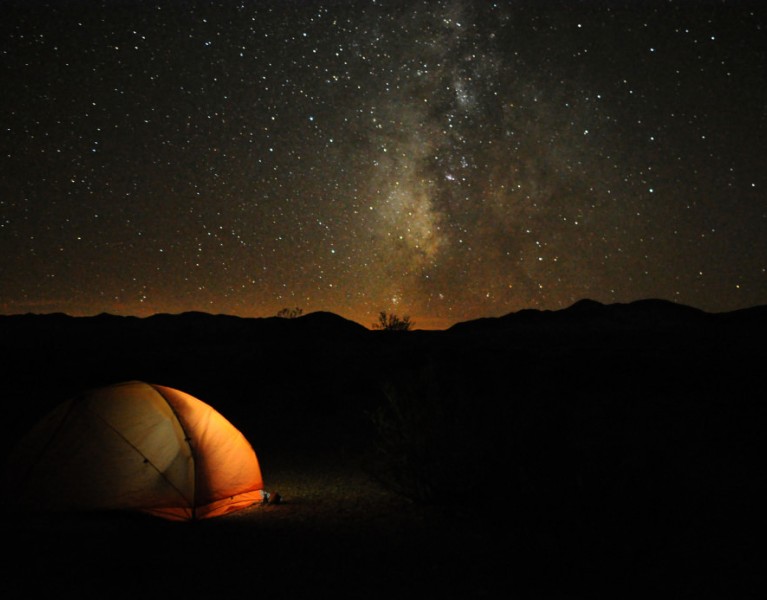
The Best Backcountry Camping Destinations in Death Valley National Park
Table of Contents [Show]
In contrast to most national parks, Death Valley National Park features a scant number of paved roads and maintained hiking trails. The setting here is defined by crystalline salt flats, labyrinthine canyons, shifting sand dunes, and imposing mountains. What sets this park apart isn't merely its dramatic landscape, but its untouched nature. Spanning 3.4 million acres with 91% designated as wilderness, it serves as an ideal venue for stargazing and experiencing solitude. Despite park regulations that specify permissible camping locations, the possibilities for backcountry camping seem virtually limitless. While desert enthusiasts may argue that every inch of Death Valley is captivating, there are specific locations that stand out as particularly magical.
1. The Butte Valley
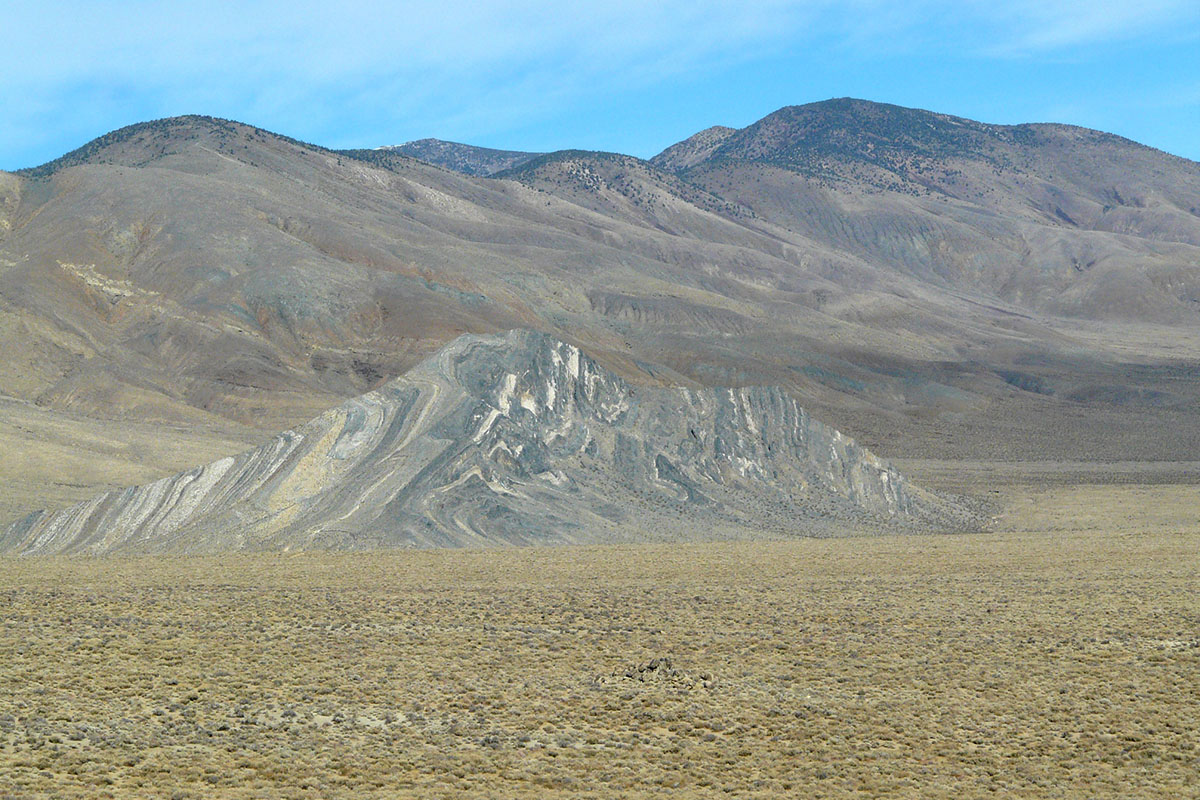
Surprisingly under-the-radar, Butte Valley offers an enticing experience of solitude and scenic beauty. Its highlight, Striped Butte, is a striking zebra-patterned peak that is well worth ascending to its 4,744-foot summit. To reach Butte Valley, you have two options: approach from the east via Warm Springs Canyon Road, requiring a rugged 4WD vehicle, or from the west through Goler Canyon Road, arguably the most demanding drive in the entire park.
The latter route even offers a detour to the charred remains of the Manson family's former hideaway, destroyed in 2009. Upon arrival, look for the first-come, first-served Geologist's Cabin, a stone structure that stands as perhaps the finest backcountry cabin in the park. If it's occupied, you have the liberty to set up camp almost anywhere on the valley floor, offering stunning vistas of the Panamint Mountains and wild burros grazing near the base of Striped Butte.
2. The Racetrack
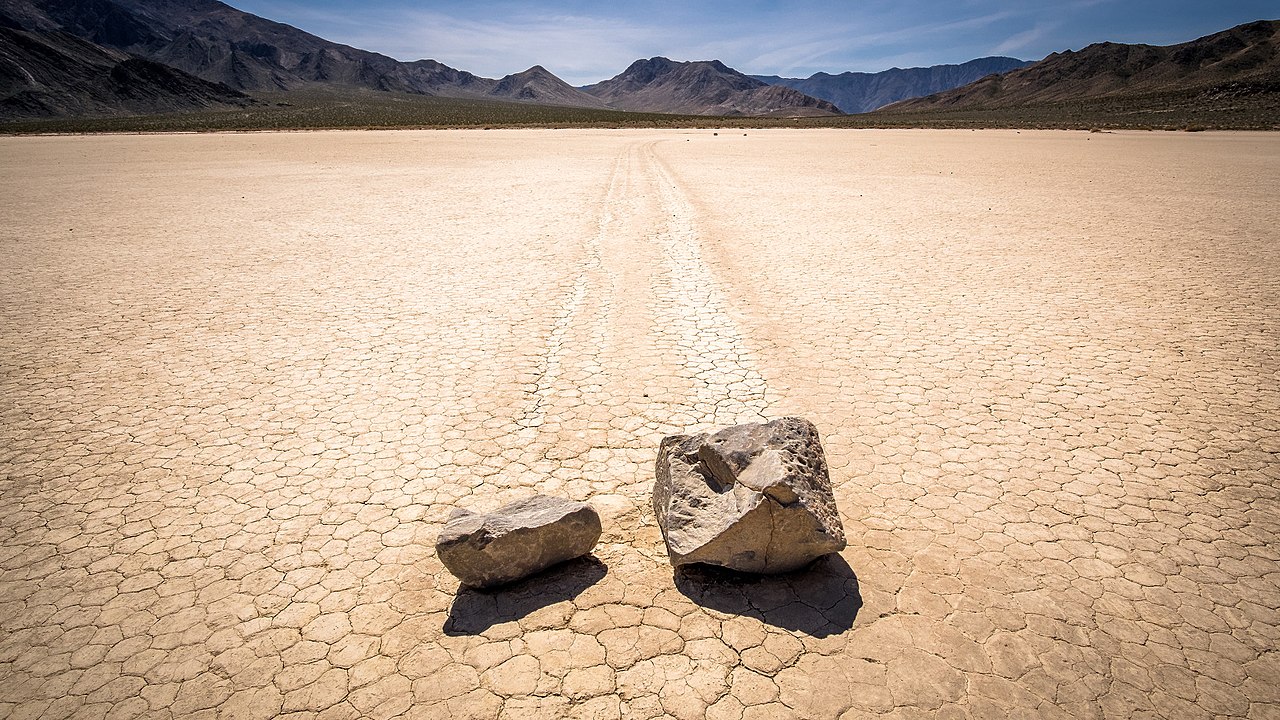
For those intrigued by geology, the Racetrack in Death Valley is a must-see destination. This expansive dry lake bed is home to the park's enigmatic sailing stones, which slide across the surface leaving trails behind. While recent studies point to a unique interplay of thin ice and light winds causing the movement, the setting does invite imaginative theories. The area also features The Grandstand, a striking island of dark quartz monzonite contrasting sharply with the lake bed.
Camping is not permitted on the Racetrack itself, but Homestake Dry Camp, located just north, is available. Often, you might find you have this isolated spot to yourself, largely because accessing the Racetrack requires navigating a treacherous 4WD road notorious for tire damage. With the right vehicle and a willingness for an extended journey through desolate landscapes, camping during a full moon transforms the area with an ethereal glow, ideal for nocturnal exploration.
3. Lee Flat Joshua Tree Forest
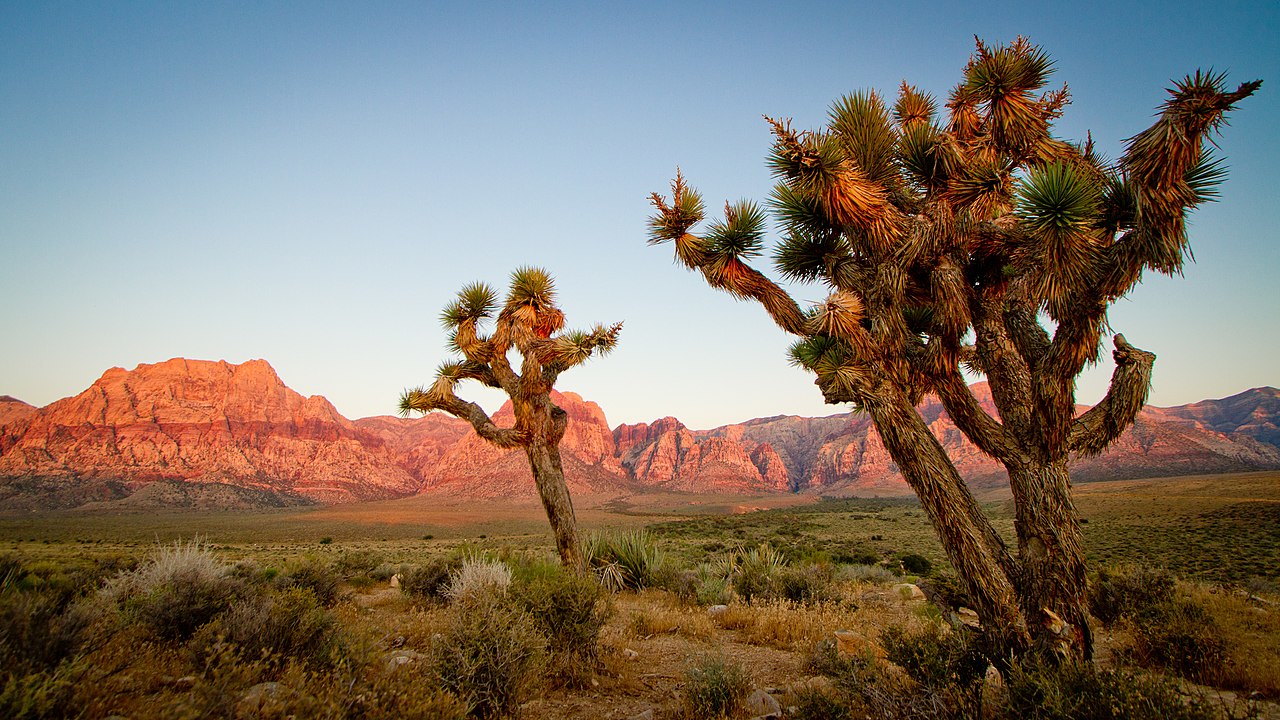
Death Valley offers more than just arid landscapes; it also boasts the remarkable Lee Flat Joshua Tree Forest. Located in the park's western region, this is the largest assembly of Joshua trees in Death Valley. Though the road is uneven, it's generally suitable for all types of vehicles—always confirm with the park service. Unlike other areas, there's no designated dry campground, so you have the freedom to choose your camping spot. Exercise caution for local wildlife like tarantulas and snakes.
These unique trees, part of the agave family, can soar above 20 feet, and you'll encounter some exceptionally tall specimens here. Named by Mormon pioneers, who compared their branches to the outstretched arms of the prophet Joshua, these trees have a mythical aura. A night spent beneath the stars and amid these monumental trees offers a clear understanding of their historical and emotional significance.
4. The Eureka Dunes
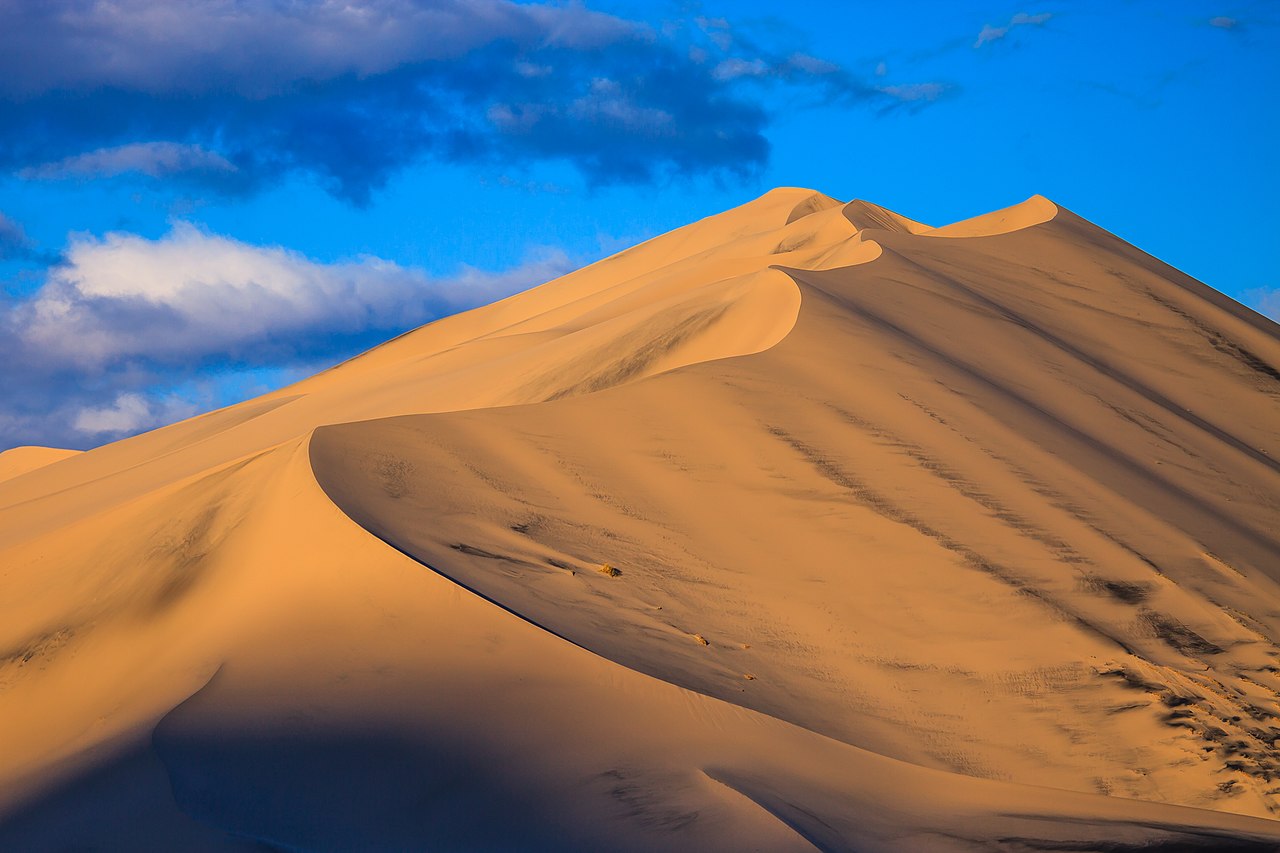
Rising to an impressive 680 feet, the Eureka Dunes are the loftiest in Death Valley and second only nationally to Colorado's Great Sand Dunes. Nestled at the foot of the Last Chance Range in Eureka Valley, these dunes are accessible either via a rugged, 4WD-required trail within the park or a comparatively smoother route from Big Pine town. Always consult the park service for current road conditions. A day spent ascending these towering dunes rewards you with panoramic vistas of the secluded valley.
If conditions align, you might even witness the unique phenomenon of the 'singing dunes,' a low, resonant hum produced when wind-driven sand moves down steep inclines. The ecosystem here is delicate, so ensure your camping spot is set away from the dunes' base. From your dry camp, the spectacle of the sun setting over these immense sand mountains is truly a sight to behold.
5. The Saline Valley
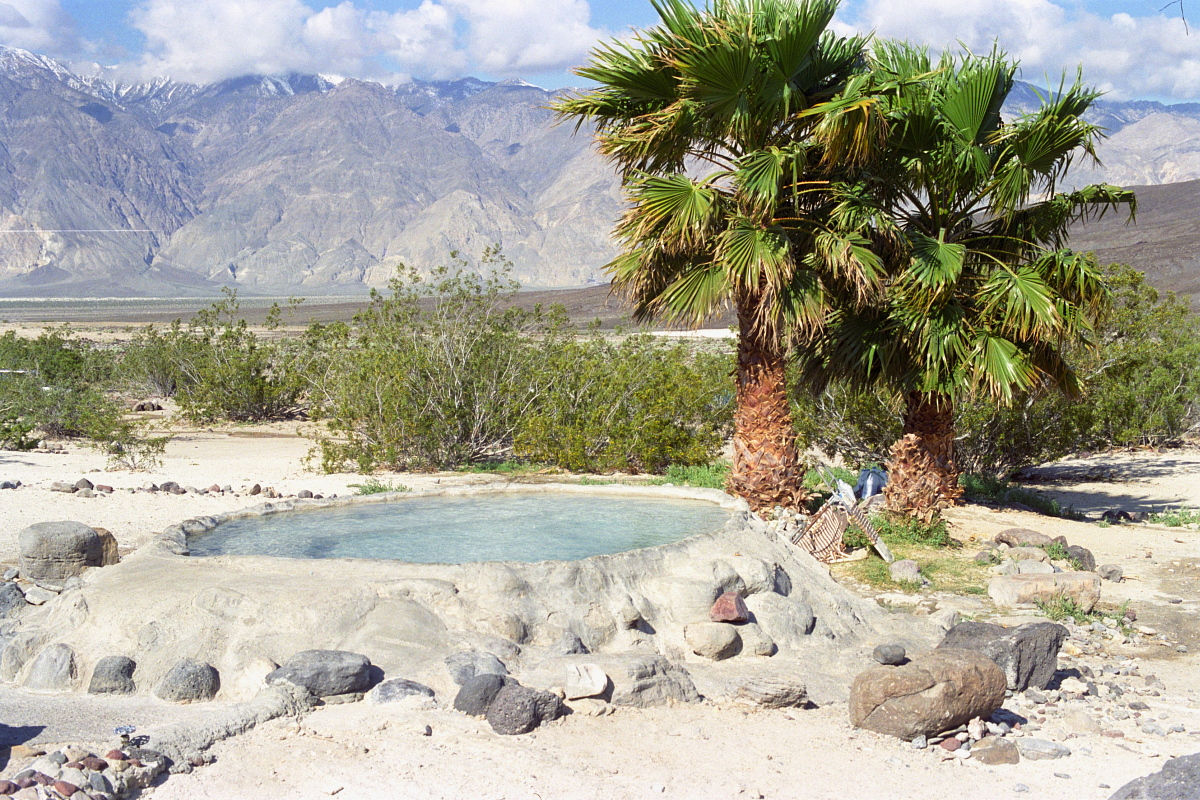
The Saline Valley is a pristine wilderness within Death Valley National Park, which is itself a bastion of isolation. Situated in the park's western zone, this area offers a pure, unspoiled environment devoid of commercial facilities. The nearest fuel stop is several hours away, emphasizing its remoteness. The scenery includes a salt lake, sweeping sand dunes, remnants of bygone mining operations, and the towering Inyo Mountains—home to diverse wildlife and hidden waterfalls. Essentially, the Saline Valley offers a glimpse into the Earth before human development.
Dispersed camping options abound here, particularly at the Warm Springs. This secluded oasis allows for clothing-optional bathing in natural hot springs, providing a rare and delightful experience as you observe sunsets and thirsty bats. Camping options are available at both the upper and lower springs, depending on your preference for solitude or shade. While camping is free, there's a full-time host, so consider bringing essentials like toilet paper for the communal pit toilet. Access to this extraordinary locale varies from challenging to hazardous, so proper vehicle preparation is crucial. Reaching Saline Valley is undeniably an adventure, worth every effort.
Featured image provided by Paxson Woelber.


